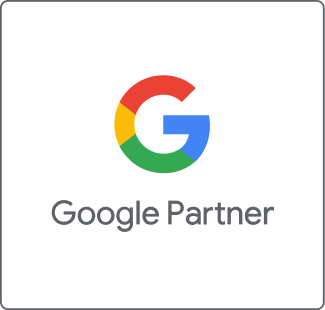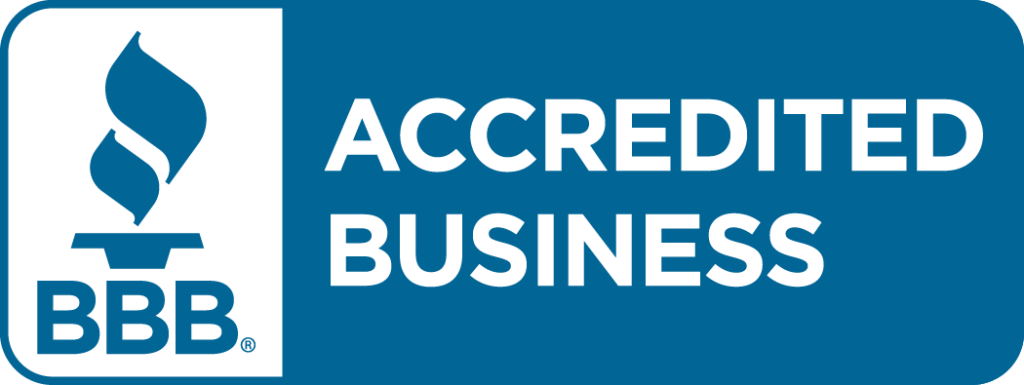COVID-19 has changed our personal and professional lives. To sustain sales momentum, it’s key to make sure your marketing strategy changes with the way your buyers shop.
Here are three ways COVID-19 has changed B2B marketing.
1. Digital marketing is more important than ever

In a study regarding the effect of COVID-19 on B2B marketing and sales, McKinsey & Company found that the majority of B2B buyers now prefer remote or digital self-service interactions, and for good reasons. It’s easier to schedule, it saves on travel expenses, and it’s safer.
Digital marketing is hardly new. But, if you need to add to your digital strategy arsenal, here are some tips:
- You can reach 91% of Americans with email marketing, but ensuring they engage means sending relevant content or enticing promotional offers.
- Eighty percent of people use mobile for work, so everything you create should have a mobile version.
- SEO best practices change frequently, so make sure you’re always researching new ways to improve and ensure you show up on that all important first page in searches.
Even e-commerce is growing in popularity for large purchases. Seventy percent of B2B buyers are willing to make remote purchases over $50,000. This trend has been further accelerated by supply chain issues which are likely to continue through 2022.
2. There’s a strong preference for video calls over phone calls

Traditional, in-person meetings have decreased by 52% due to COVID-19. Video calls now make up over half of all B2B interactions, and the amount of revenue stemming from video-related interactions has increased by 69%.
This isn’t just a change between buyers and sellers. With more companies pivoting to remote work, company employees also now prefer video calls over phone conversations:
- 76% prefer video when meeting with prospects
- 76% also prefer video when meeting with existing customers
- 79% prefer video when meeting with co-workers
3. The need for on-demand content is growing

Because B2B buyers are so much more willing to conduct research and even complete purchases virtually, you need content that supports that and creates opportunities for you to influence them.
Producing content that’s highly relevant and is available on demand will aid in the buyer’s journey and gain trust from prospects. Some of the most influential formats include:
- Recorded webinars
- Video tutorials
- FAQ sheets
- Infographics
- Whitepapers
To make sure your content is exactly what your customers want, align it with the buyer’s journey and craft content based on different audience segments or pain points.
Conclusion
COVID-19 has changed the way customers go through the buyer’s journey, and that means your marketing strategy needs to adapt to their changing needs. Buyers today are more willing to research, shop, and even purchase products through digital and self-service options. To remain competitive, on-demand content should be a focus to make sure prospects can access the information they need when they need it.
[visibility show=”desktop”]
[acf field=”cta_38″ post_id=”option”]
[/visibility]
[visibility show=”tablet”]
[acf field=”cta_38″ post_id=”option”]
[/visibility]
[visibility show=”mobile-landscape”]
[acf field=”cta_38″ post_id=”option”]
[/visibility]



